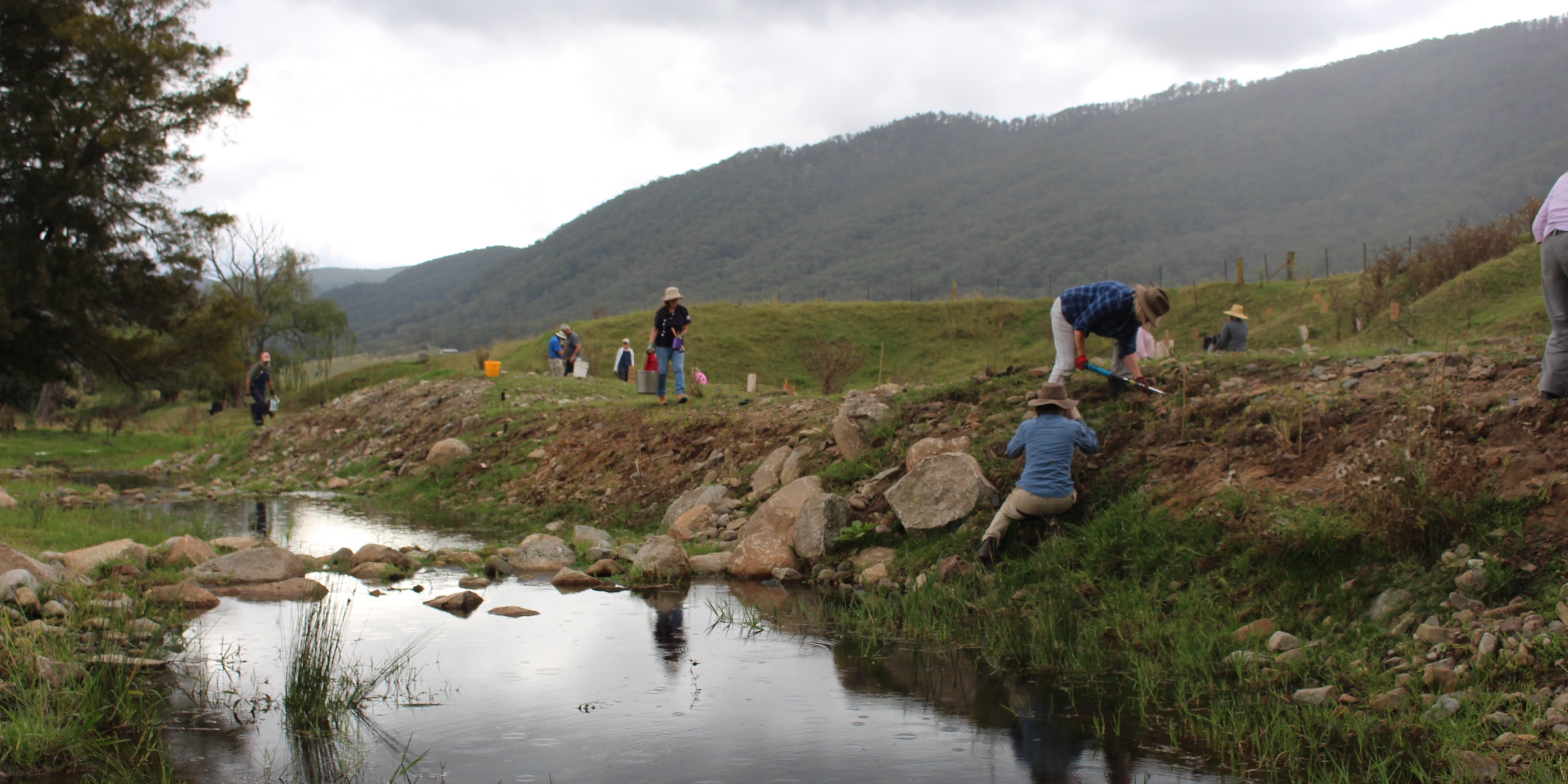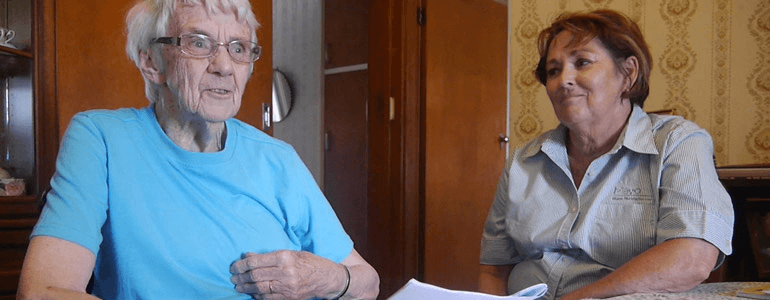About this case study
Bushfire, extreme weather, flooding
People with disability, support and emergency services, local government
Emergency management
Learn how service-providers can work with people with disability to make sure they are prepared for emergencies such as climate disasters
[People with disability] regularly adapt to changing situations. These are strengths that people with disability bring to emergency preparedness.
- Associate Professor Michelle Villeneuve, Centre for Disability Research, University of Sydney
People with disability have co-created guidance on emergency preparedness and in the process closed a critical information gap.
We all know how important it is to have a plan in place well before a natural disaster strikes, but for people with disability finding tailored advice has long been an impossible task.
Over the last few years, Associate Professor Michelle Villeneuve of the Centre for Disability Research at the University of Sydney has partnered with people with disability to create and continue to develop, a toolkit to plug this critical information gap.
The Person-Centred Emergency Preparedness (P-CEP) toolkit includes a workbook, videos and a conversation guide designed to ensure people with disability stay at the centre when working with others to develop an emergency preparedness plan.
Dr Villeneuve said people with disability are disproportionately impacted by natural hazards so having a resource specific to their needs is critical.
“We certainly haven’t included people with disability in Australia when we have been planning for disasters or for what needs to happen during the response and recovery phases,” said Dr Villeneuve. ‘’P-CEP makes sure the needs and voices of people with disability are heard, understood and responded to.”
Disability service providers and other agencies can use P-CEP to help the people they support create their plans but without taking over.
How P-CEP works
P-CEP helps people develop their plan in four stages:
- To identify their strengths and supports in daily life,
- Assess their preparedness level and learn about disaster risk.
- Tailor their plan to their unique support needs
- Communicate the plan with people in their support network and address gaps through collaboration.
As the user guide states,
People with disability manage every day in environments that are often inaccessible. They develop their own strategies for using their strengths and managing their support needs in ways that work for them. They regularly adapt to changing situations. These are strengths that people with disability bring to emergency preparedness.
When thinking about daily supports, P-CEP users are guided to consider eight areas - living situation, social connections, transportation needs, assistive technology, management of health, personal support, communication devices and assistance animals. Tips and examples of actions people can take help them consider their options.
An emergency preparedness plan should cover three contingencies – sheltering in place, evacuating and navigating a recovery phase. The toolkit also encourages people to review and update their plan over time to capture any changes to their health, medical condition and personal network.
The P-CEP has been improved through additional field testing and co-design with 20 people representing a range of disabilities and a mix of potential natural hazard locations. People with disability are also driving work to educate organisations about P-CEP including emergency services, health and community agencies and local and state governments.
“Everybody plays a role. People with disability need to take responsibility for their own emergency preparedness; disability service providers and community service organisations that interact with people with disability need to gather information and have conversations and encourage them to take steps toward preparedness,” said Dr Villeneuve.
Dr Villeneuve said P-CEP also helps Australia meet its international obligations. This includes both the UN Convention on the Rights of Persons with Disabilities and the Sendai Framework for Disaster Risk Reduction. Under the Sendai Framework, governments in Australia must ensure all citizens are well prepared for disasters triggered by natural hazards.
This project was proudly supported by funding from Community Resilience Innovation Program under the Joint State and Commonwealth Natural Disaster Resilience Program.
Case studies
The Restore and Renew webtool provides simple, science-backed guidance to improve restoration projects across New South Wales. In the Hunter Valley, it is helping to rebuild climate-ready, genetically diverse populations of the River Red Gum.

The Yass Area Network of Landcare Groups is is using the Restore and Renew webtool to guide seed selection for their Climate Ready Revegetation Project.

